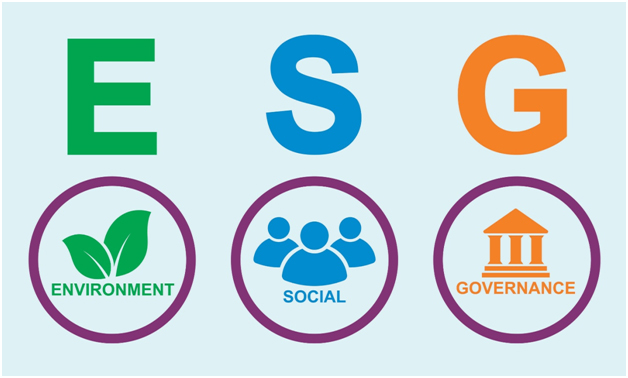How EHS Professionals can Help Maintain ESG Goals in Organisations
As the importance of environment, social and corporate governance (ESG) become a growing concern for corporations, the mission of environmental, health and safety (EHS) has taken on new relevance and value."Those responsible for talking about ESG at the highest level don't understand ESG enough to know that it is EHS in many cases," says Trevor Bronson, a corporate strategy associate and senior product marketing manager at Intelex. “A lot of the things they talk about (regarding ESG) are ultimately managed on a day-to-day basis by the EHS department. ESG in many cases is EHS.”
The ESG metrics that investors and businesses often seek already exist in EHS dashboards, reports and collected data. It’s simply a matter of ensuring its availability, comprehensiveness and accuracy for the various stakeholders, Bronson says.
“Senior leadership is much more aware of ESG data because that’s what people want to hear about, and EHS moves from that classic cost-preventer to a value-creator,” he says. “You often see EHS as this cost center – avoiding unnecessary costs but not always bringing a ton to the organization.
“Pursuing opportunities in ESG and seeking to improve a business’s ESG metrics gives EHS professionals an opportunity to assume strategic thinking within their organizations.”
Bronson expects ESG concerns will provide a clear business case for increasing EHS budgets because of new mandates and requirements. He adds there are five key things EHS practitioners can do to support ESG efforts for their organizations:
Get educated on the ESG world. It’s full of new acronyms that EHS professionals
need to become familiar with. It’s important to be knowledgeable about general ESG rules and to understand who the key stakeholders for your company are regarding ESG and the material issues for your organization and stakeholders.
Understand the company’s ESG posture. What are your organization’s stated ESG
goals? Are there annual and other reports published by the company that may contain relevant ESG information? Who are these going to? Is your company a leader or laggard?
Understand what industry peers are doing. What are the ESG issues within your industry and are you aware of your company’s ESG posture relative to competitors?
Assess the capabilities and limits of current technology. Can your EHS technology help achieve your organization’s stated ESG goals? Can your track progress to those goals and are you doing appropriate follow-up and preventative actions? Are your solutions tied to other ESG systems? How can technology help you? What are the gaps you need to fill? Do you have the right tools?
Be vocal about the role EHS can and should play. Remember that leadership in most companies lacks ESG expertise. EHS professionals are much more visible today in what they do. The metrics they collect will be much more impactful to a business. You should look to leverage existing EHS datasets for ESG reporting – it exists on the EHS devices and software that are already in use.



